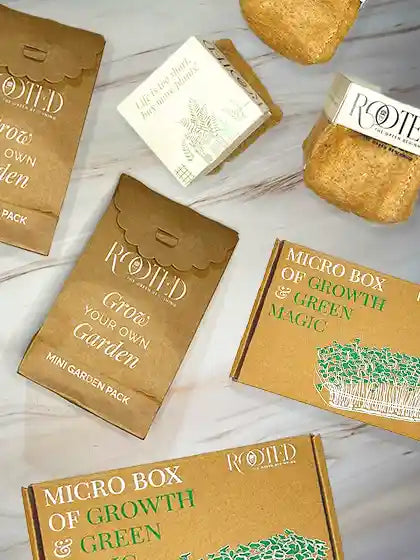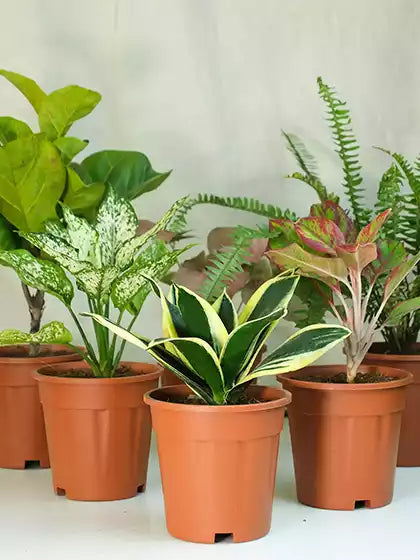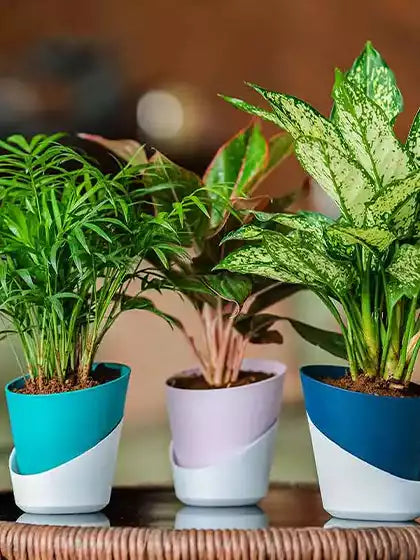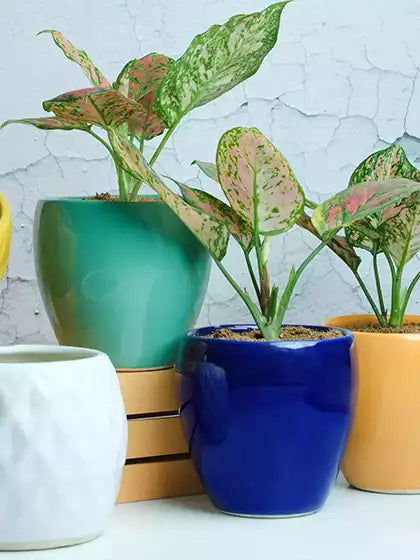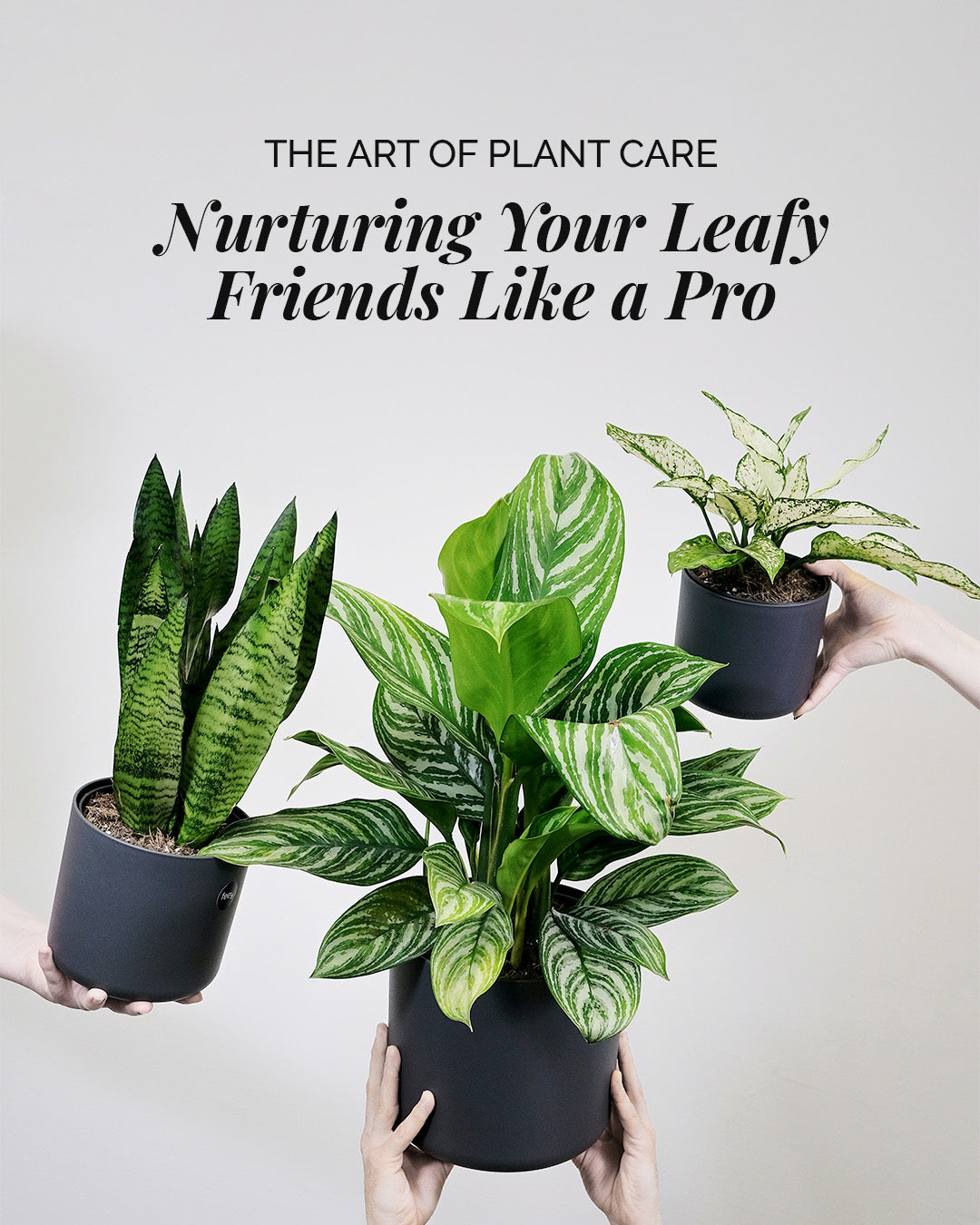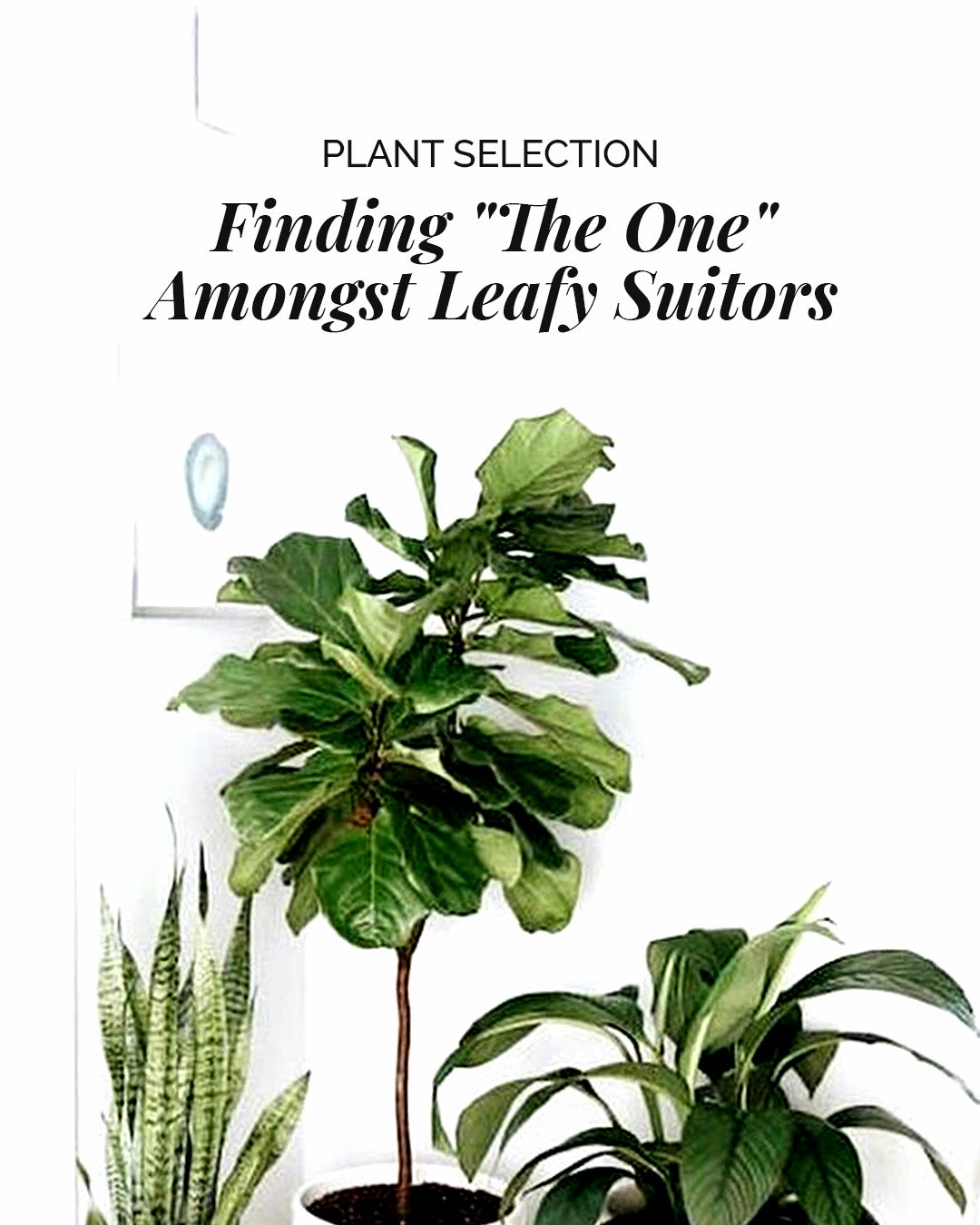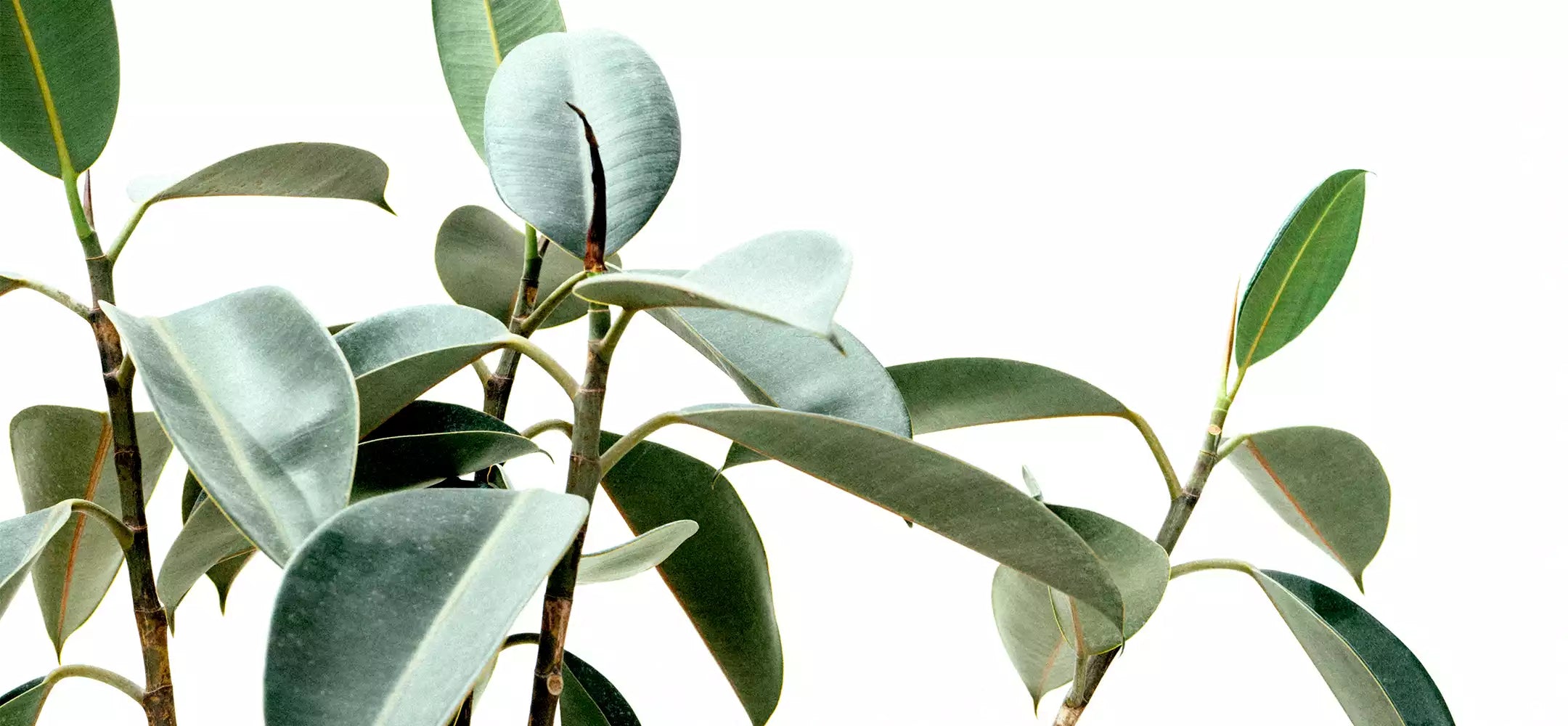Welcome to the fascinating world of plant care! In this comprehensive guide, we'll delve into the essential tips and tricks to help you become a plant care pro. Whether you're a beginner or have some experience, this blog post will equip you with the knowledge and confidence to nurture your leafy friends to their fullest potential. So, grab your gardening tools can and let's dive in!
Understanding Watering Wisdom:

Finding the right balance between overwatering and underwatering is crucial for the health and well-being of your plants. Overwatering can lead to root rot and other fungal diseases, while underwatering can result in wilting and stunted growth. So, how do you strike the perfect balance?
Assessing Soil Moisture Levels: To determine when to water your plants, it's important to check the moisture levels in the soil. Stick your finger about an inch deep into the soil near the plant's root zone. If it feels dry, it's time to water; if it feels moist, hold off for a little longer.
Determining Watering Frequency: Watering frequency depends on various factors such as the plant species, pot size, humidity levels, and environmental conditions. While some plants prefer evenly moist soil, others thrive in slightly drier conditions. Research the specific needs of your plants to establish an appropriate watering schedule.
Exploring Different Watering Methods: Different plants have different watering preferences, and using the right watering method can help ensure optimal hydration. Top watering involves pouring water directly onto the soil surface, allowing it to seep down to the roots. Bottom watering involves placing the pot in a tray of water and allowing the plant to soak up the moisture from the bottom. Misting is ideal for plants that prefer higher humidity, as it creates a fine spray that mimics a tropical environment.
By understanding the importance of finding the right balance, assessing soil moisture levels, determining watering frequency, and exploring various watering methods, you'll be able to provide your plants with the hydration they need while avoiding the pitfalls of overwatering and underwatering. Remember to observe your plants closely, adjust your watering routine as needed, and always prioritize their individual needs for healthy growth and thriving greenery.
Unveiling Sunlight Secrets:

Sunlight plays a vital role in the growth and overall health of plants. It serves as an essential source of energy through photosynthesis, enabling plants to convert light into chemical energy and produce their own food. Understanding the different light requirements of plants is key to ensuring their well-being.
Differentiating Between Light Levels: Plants have varying light requirements, categorized into low-light, medium-light, and high-light preferences. Low-light plants can thrive in areas with minimal natural light, while medium-light plants require moderate levels of sunlight. High-light plants, on the other hand, crave bright, direct sunlight for several hours each day.
Identifying the Ideal Location: To provide your plants with optimal sunlight, it's important to identify the ideal location based on their specific requirements. Observe your plants closely and consider factors such as the direction of windows, intensity and duration of sunlight, and any potential shading from nearby structures or trees. Place low-light plants in areas with indirect or filtered light, while high-light plants should be positioned where they can receive direct sunlight.
Tips for Managing Light Exposure: Indoor environments often present challenges in providing sufficient sunlight. To overcome this, consider rotating your plants periodically to ensure all sides receive equal light exposure. You can also supplement natural light with artificial lighting, such as fluorescent or LED grow lights, especially for plants with higher light needs. Pay attention to the duration of light exposure as well, as some plants may require longer or shorter periods of sunlight depending on their species.
By understanding the role of sunlight in plant growth, differentiating between light levels, identifying ideal locations, and implementing strategies for managing light exposure, you can create the optimal lighting conditions for your plants' thriving. Remember to regularly monitor their response to light and make adjustments as necessary to help them flourish and maintain their healthiest green foliage.
Soil, Fertilizers, and Nutrients:

When it comes to plant care, the quality of soil and proper nutrition are crucial factors for healthy growth. Let's delve into the significance of well-draining soil, understanding soil composition and pH levels, selecting the right fertilizers, and exploring organic alternatives for plant nutrition.
Well-Draining Soil and Potting Mixtures: Well-draining soil is essential for plants as it allows excess water to flow away, preventing waterlogged roots and potential rot. It ensures adequate oxygenation of the root system, promoting healthy growth. When choosing potting mixtures, look for those specifically formulated for your plant types, which usually contain a balanced blend of organic matter, perlite, and vermiculite to ensure proper drainage.
Understanding Soil Composition and pH Levels: Soil composition refers to the combination of sand, silt, clay, and organic matter in a specific area. Each type of soil has different properties, affecting factors like water retention and nutrient availability. Understanding the soil composition in your gardening area can help you make informed decisions about amendments or adjustments required for your plants' needs. Additionally, pH levels indicate the soil's acidity or alkalinity, which can impact nutrient absorption by plants. Testing and adjusting pH levels as needed can optimize nutrient availability.
Selecting the Right Fertilizers and Nutrient Requirements: Plants require a balanced supply of essential nutrients for their growth and development. Commercial fertilizers come in various formulations, such as slow-release granules or water-soluble forms. Select a fertilizer that matches the nutrient requirements of your plants, considering factors like nitrogen (N), phosphorus (P), and potassium (K) ratios. Additionally, understanding the specific nutrient requirements of your plant species will help you provide targeted care.
Organic and Natural Alternatives: For those who prefer organic and natural approaches to plant care, there are several alternatives to traditional fertilizers. Compost, worm castings, and organic matter like coconut coir or peat moss can enrich the soil and provide slow-release nutrients. Additionally, natural additives such as seaweed extracts or fish emulsion can be used to supplement nutrient needs while promoting overall plant health.
By recognizing the significance of well-draining soil, understanding soil composition and pH levels, selecting appropriate fertilizers, and exploring organic alternatives, you can create a nurturing environment that supports your plants' nutrient requirements. Regularly monitoring soil moisture, nutrient deficiencies, and the overall health of your plants will guide you in adjusting your care routine for their specific needs.
Becoming a skilled plant parent is an art that combines knowledge, patience, and a touch of humor. By following the essential care tips shared in this blog post, you'll be well on your way to nurturing your leafy friends like a pro. Remember, plants thrive with love, attention, and a bit of trial and error. So, let your green thumb flourish and enjoy the journey of plant parenthood!

